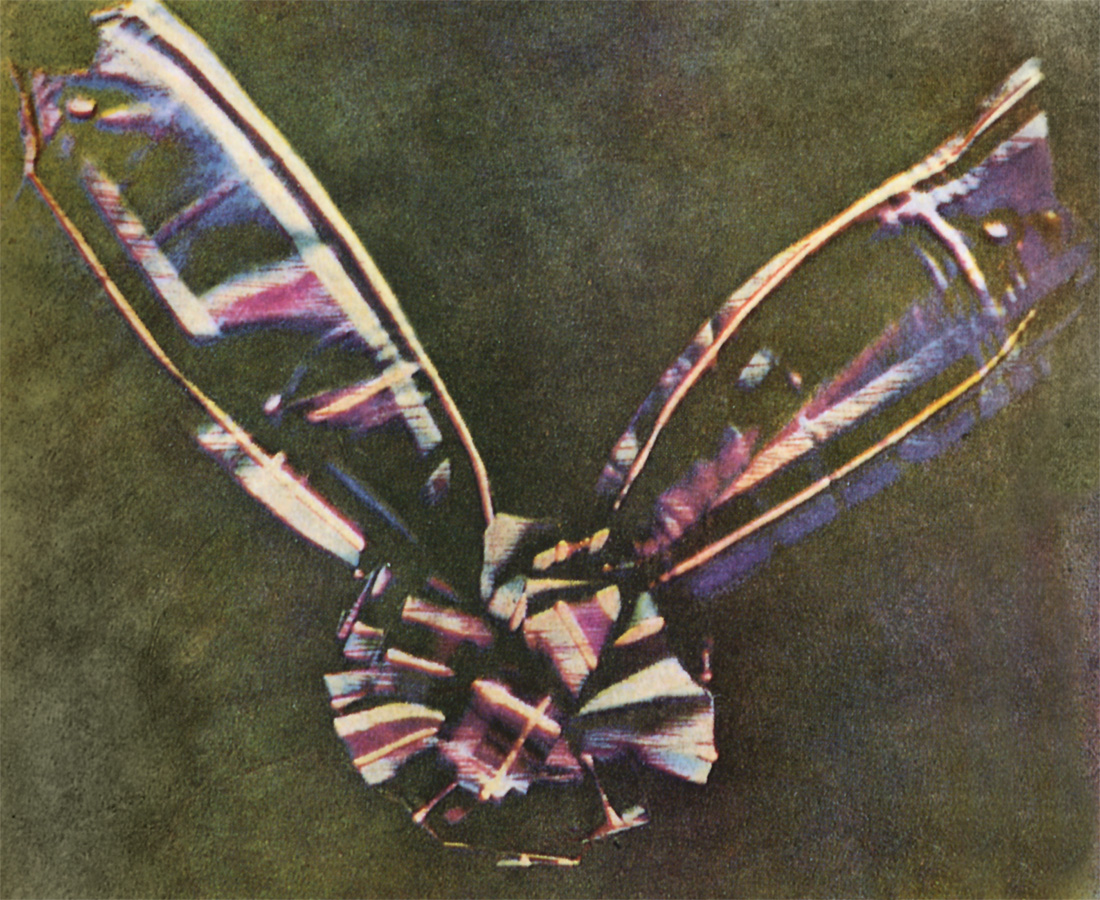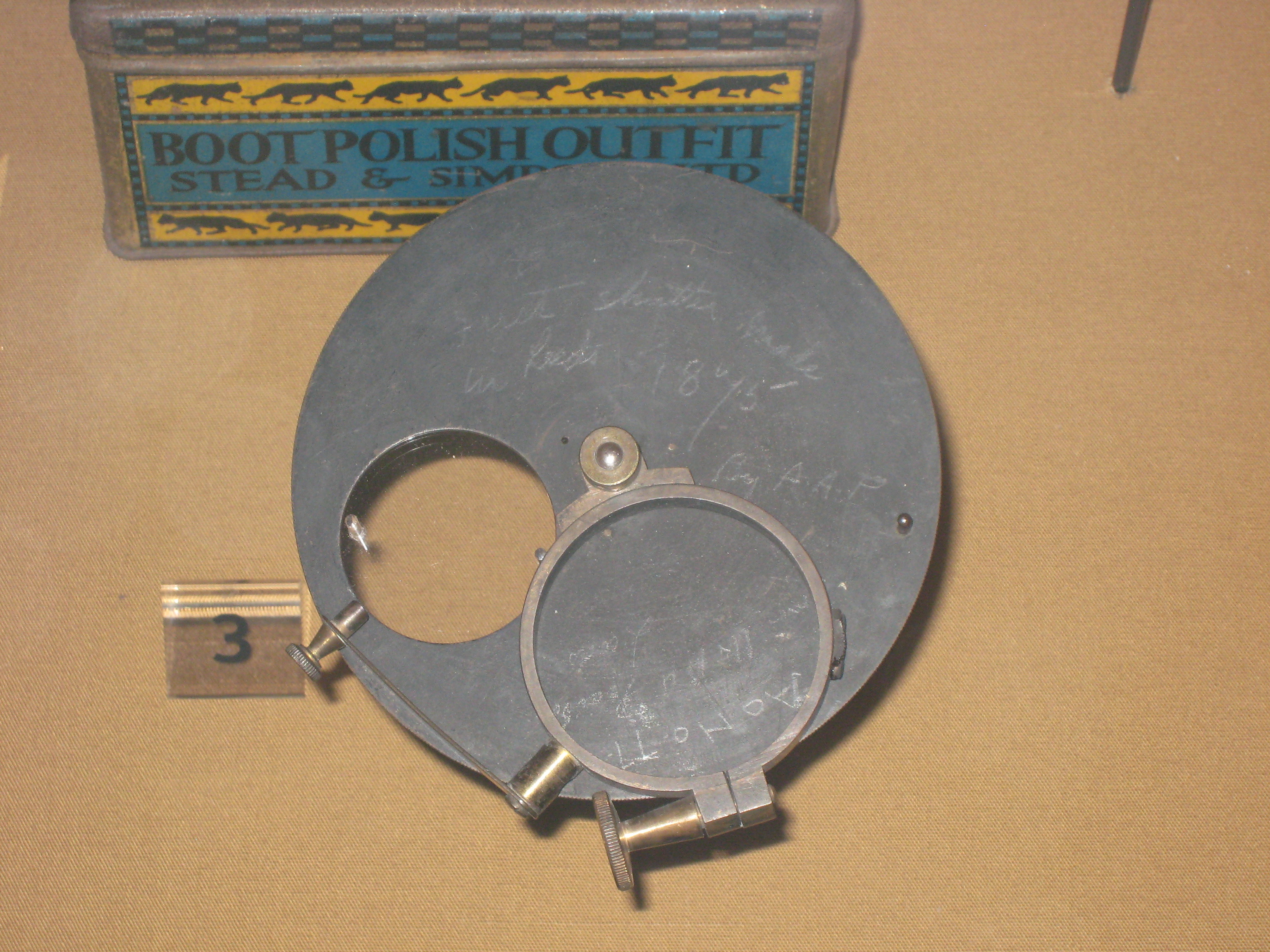|
Flash (photography)
A flash is a device used in photography that produces a brief burst of light (typically lasting 1/1000 to 1/200 of a second) at a color temperature of about 5500 K to help illuminate a scene. A major purpose of a flash is to illuminate a dark scene. Other uses are capturing quickly moving objects or changing the quality of light. ''Flash'' refers either to the flash of light itself or to the electronic flash unit discharging the light. Most current flash units are electronic, having evolved from single-use flashbulbs and flammable powders. Modern cameras often activate flash units automatically. Flash units are commonly built directly into a camera. Some cameras allow separate flash units to be mounted via a standardized accessory mount bracket (a ''hot shoe''). In professional studio equipment, flashes may be large, standalone units, or studio strobes, powered by special battery packs or connected to mains power. They are either synchronized with the camera using a flas ... [...More Info...] [...Related Items...] OR: [Wikipedia] [Google] [Baidu] |
Adolf Miethe
Adolf Miethe (; 25 April 1862, Potsdam – 5 May 1927, Berlin) was a German scientist, lens designer, photochemist, photographer, author and educator. He co-invented the first practical photographic flash and made important contributions to the progress of practical color photography. Early life Adolf Miethe grew up in a middle-class family. His father was a chocolate manufacturer and city councillor in Potsdam. After studying physics, chemistry and astronomy in Berlin, he moved to Göttingen, where in 1889 he received his doctorate for a thesis on the actinometry of photographic astronomic fixed star exposures. Career In 1887 he co-invented (with Johannes Gaedicke) the photographic magnesium powder flash-light. After earning his doctorate, he worked for Edmund Hartnack's optical workshop in Potsdam designing microscope objectives. In 1891, after the death of Hartnack, he moved to Rathenow and took a job with the optical company Schulze & Barthels, where he developed telescopes, ... [...More Info...] [...Related Items...] OR: [Wikipedia] [Google] [Baidu] |
Twin-lens Reflex Camera
A twin-lens reflex camera (TLR) is a type of camera with two objective lenses of the same focal length. One of the lenses is the photographic objective or "taking lens" (the lens that takes the picture), while the other is used for the viewfinder system, which is usually viewed from above at waist level. In addition to the objective, the viewfinder consists of a 45-degree mirror (the reason for the word ''reflex'' in the name), a matte focusing screen at the top of the camera, and a pop-up hood surrounding it. The two objectives are connected, so that the focus shown on the focusing screen will be exactly the same as on the film. However, many inexpensive 'pseudo' TLRs are fixed-focus models. Most TLRs use leaf shutters with shutter speeds up to 1/500 of a second with a bulb setting. For practical purposes, all TLRs are film cameras, most often using 120 film, although there are many examples which used 620 film, 127 film, and 35 mm film. Few general-purpose digital TLR cam ... [...More Info...] [...Related Items...] OR: [Wikipedia] [Google] [Baidu] |
Press Camera
A press camera is a medium or large format view camera that was predominantly used by press photographers in the early to mid-20th century. It was largely replaced for press photography by 35mm film cameras in the 1960s, and subsequently, by digital cameras. The quintessential press camera was the Speed Graphic. Press cameras are still used as portable and rugged view cameras. Details Press cameras were widely used from the 1900s through the early 1960s and commonly have the following features: * collapsible into strong, compact boxes * flexible bellows, attached to a flatbed track * easily interchangeable lenses, mounted on a solid support * ability to accept sheet film, film packs, and roll film, through the use of interchangeable film backs and holders * ground glass focusing screen * optical viewfinder * handheld operation * reduced number, reduced range or absence of movements, in contrast to field cameras or other view camera formats * optical rangefinder focusing in so ... [...More Info...] [...Related Items...] OR: [Wikipedia] [Google] [Baidu] |
Flash Synchronization
In photography, flash synchronization or flash sync is the synchronizing the firing of a photographic flash with the opening of the shutter admitting light to photographic film or electronic image sensor. In cameras with mechanical (clockwork) shutters synchronization is supported by an electrical contact within the shutter mechanism, which closes the circuit at the appropriate moment in the shutter opening process. In electronic digital cameras, the mechanism is usually a programmable electronic timing circuit, which may, in some cameras, take input from a mechanical shutter contact. The flash is connected electrically to the camera either by a cable with a standardised coaxial PC (for Prontor/Compur) 3.5 mm (1/8") connector (as defined in ISO 519), or via contacts in an ''accessory mount'' (hot shoe) bracket. Faster shutter speeds are often better when there is significant ambient illumination, and flash is used to flash fill subjects that are backlit without motion ... [...More Info...] [...Related Items...] OR: [Wikipedia] [Google] [Baidu] |
Zirconium
Zirconium is a chemical element with the symbol Zr and atomic number 40. The name ''zirconium'' is taken from the name of the mineral zircon, the most important source of zirconium. The word is related to Persian '' zargun'' (zircon; ''zar-gun'', "gold-like" or "as gold"). It is a lustrous, grey-white, strong transition metal that closely resembles hafnium and, to a lesser extent, titanium. Zirconium is mainly used as a refractory and opacifier, although small amounts are used as an alloying agent for its strong resistance to corrosion. Zirconium forms a variety of inorganic and organometallic compounds such as zirconium dioxide and zirconocene dichloride, respectively. Five isotopes occur naturally, four of which are stable. Zirconium compounds have no known biological role. Characteristics Zirconium is a lustrous, greyish-white, soft, ductile, malleable metal that is solid at room temperature, though it is hard and brittle at lesser purities. In powder form, zirconium is highl ... [...More Info...] [...Related Items...] OR: [Wikipedia] [Google] [Baidu] |
Colour Film
Color photography is photography that uses media capable of capturing and reproducing colors. By contrast, black-and-white or gray-monochrome photography records only a single channel of luminance (brightness) and uses media capable only of showing shades of gray. In color photography, electronic sensors or light-sensitive chemicals record color information at the time of exposure. This is usually done by analyzing the spectrum of colors into three channels of information, one dominated by red, another by green and the third by blue, in imitation of the way the normal human eye senses color. The recorded information is then used to reproduce the original colors by mixing various proportions of red, green and blue light (RGB color, used by video displays, digital projectors and some historical photographic processes), or by using dyes or pigments to remove various proportions of the red, green and blue which are present in white light ( CMY color, used for prints on paper and ... [...More Info...] [...Related Items...] OR: [Wikipedia] [Google] [Baidu] |
Shutter (photography)
In photography, a shutter is a device that allows light to pass for a determined period, exposing photographic film or a photosensitive digital sensor to light in order to capture a permanent image of a scene. A shutter can also be used to allow pulses of light to pass outwards, as seen in a movie projector or a signal lamp. A shutter of variable speed is used to control exposure time of the film. The shutter is constructed so that it automatically closes after a certain required time interval. The speed of the shutter is controlled by a ring outside the camera, on which various timings are marked. Camera shutter Camera shutters can be fitted in several positions: * Leaf shutters are usually fitted within a lens assembly (''central shutter''), or more rarely immediately behind (''behind-the-lens shutter'') or, even more rarely, in front of a lens, and shut off the beam of light where it is narrow. *Focal-plane shutters are mounted near the focal plane and move to uncover the fil ... [...More Info...] [...Related Items...] OR: [Wikipedia] [Google] [Baidu] |
Oxygen
Oxygen is the chemical element with the symbol O and atomic number 8. It is a member of the chalcogen group in the periodic table, a highly reactive nonmetal, and an oxidizing agent that readily forms oxides with most elements as well as with other compounds. Oxygen is Earth's most abundant element, and after hydrogen and helium, it is the third-most abundant element in the universe. At standard temperature and pressure, two atoms of the element bind to form dioxygen, a colorless and odorless diatomic gas with the formula . Diatomic oxygen gas currently constitutes 20.95% of the Earth's atmosphere, though this has changed considerably over long periods of time. Oxygen makes up almost half of the Earth's crust in the form of oxides.Atkins, P.; Jones, L.; Laverman, L. (2016).''Chemical Principles'', 7th edition. Freeman. Many major classes of organic molecules in living organisms contain oxygen atoms, such as proteins, nucleic acids, carbohydrates, and fats, as ... [...More Info...] [...Related Items...] OR: [Wikipedia] [Google] [Baidu] |
Brownie Hawkeye With Flash
Brownie, Browny, or brownies may refer to: Foods * Chocolate brownie, a baked good People People with the given name * Brownie Samukai, Minister of National Defence of Liberia * Brownie Wise (1913–1992), developer of the party plan system of marketing for Tupperware People with the surname * Cavell Brownie, American statistician Fictional characters * Brownie, a fictional character in ''Ace Combat 7 : Skies Unknown'' People with the nickname * Clifford Brown (1930–1956), American jazz trumpeter * Ernest Brown (dancer) (1916–2009), African-American tap dancer * Lewis Brown (rugby league) (born 1986), New Zealand footballer * Luke Brown (footballer, born 1992), Australian rules footballer * Michael D. Brown, U.S. undersecretary of emergency preparedness and response * Vernon Brown (musician) (1907–1979), American trombonist * Brownie Foreman (1875–1926), Major League Baseball pitcher * Browny Igboegwu (born 1976), Nigerian actor * Brownie Ledbetter (1932–2010), ... [...More Info...] [...Related Items...] OR: [Wikipedia] [Google] [Baidu] |


.jpg)




